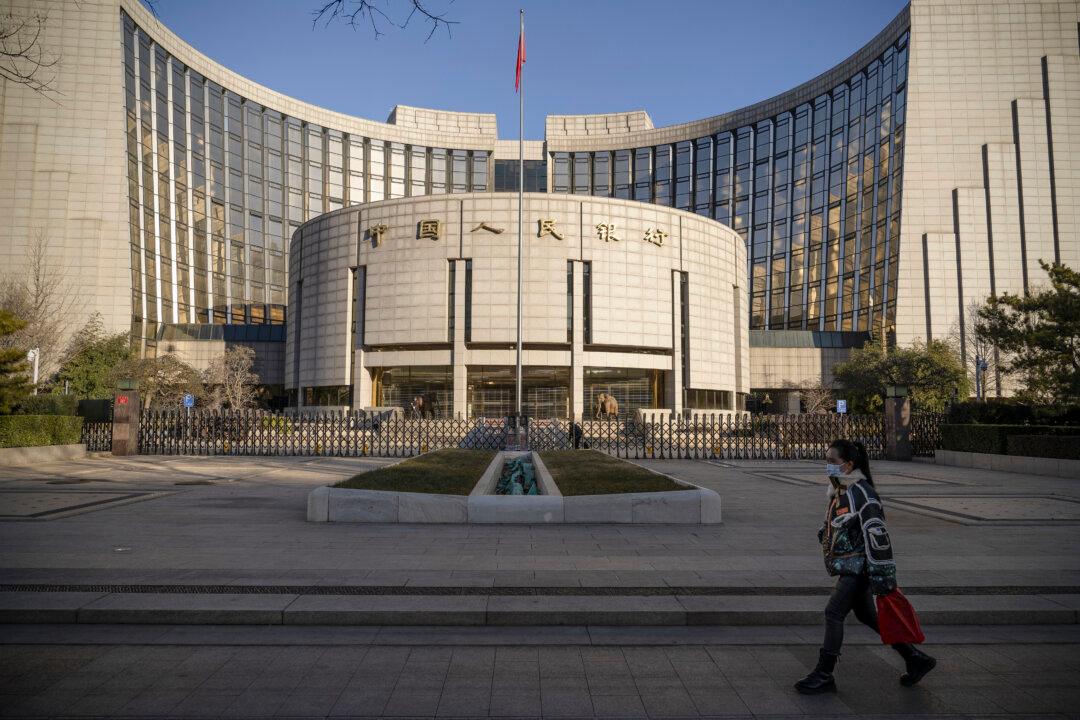Commentary
In a sudden and possibly desperate attempt to revive a faltering economy, the People’s Bank of China (PBOC) has slashed interest rates. This move may only provide temporary relief while potentially worsening long-term issues.

Commentary
In a sudden and possibly desperate attempt to revive a faltering economy, the People’s Bank of China (PBOC) has slashed interest rates. This move may only provide temporary relief while potentially worsening long-term issues.